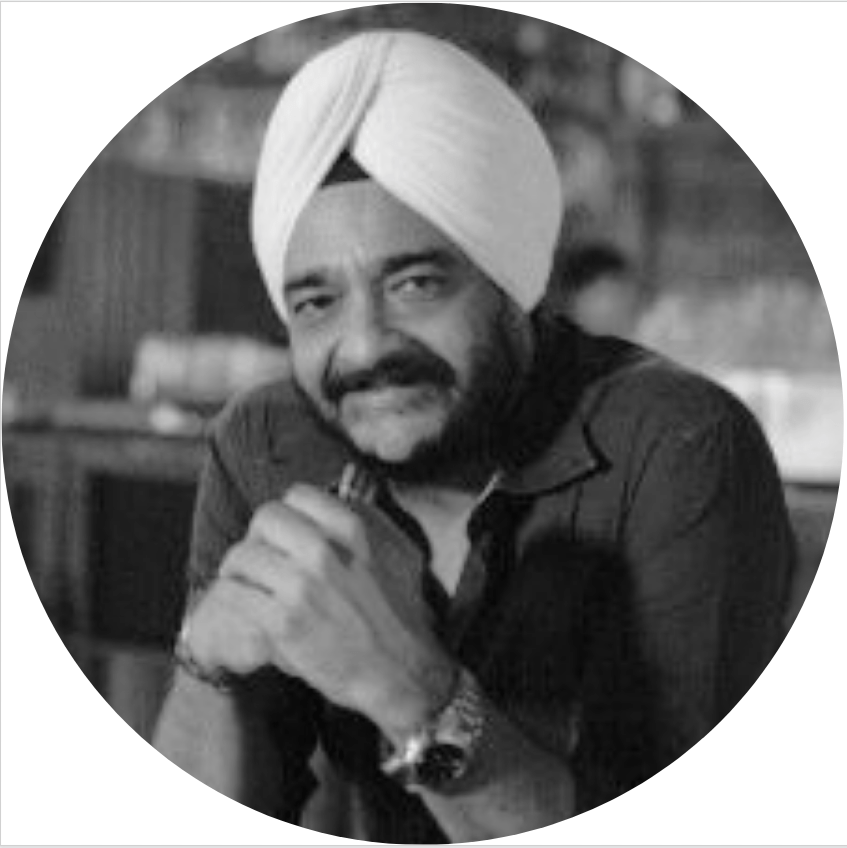Our daily lives are woven with interactions between humans and machines—be it smartphones, TVs, or internet-connected parking meters that can be delightful or, more often than not, infuriating (Vikram sums up his frustration with 90-button TV remotes as “maddening”).

In this realm emerges a new breed of professionals: the user-experience (UX) designers. Their role isn’t to view a product through the lens of engineers, marketers, or legal departments, but solely from the user’s perspective. They advocate that customers shouldn’t adapt to a company’s internal language but rather, the company should communicate in the language of the customer.
At Hungry Wheels, our language resonates with the heart of hospitality—the kitchen, and our primary concern is the Chefpreneur. While many institutions teach UX online and offline, Hungry Wheels distinguishes itself as an industrial company in India that places UX at the core of industrial design.
The concept of UX originated in Silicon Valley, where Don Norman, author of “The Design of Everyday Things,” recognized the need for someone to champion user experience at Apple. Ideo, a design firm in Palo Alto, played a crucial role in spreading UX principles across industries. This shift influenced Hungry Wheels’ design thinking, focusing on problem-solving through exhaustive customer research.
Before launching our business, we delved into extensive research, spanning various countries, to understand the challenges faced by chefs and kitchen workers. This exploration revealed their struggles with discomfort, physical strain, and confinement within concrete kitchens.
Realizing the neglect of the human aspect within the F&B industry, we collaborated with OEM partners and design thinkers to create a workspace that prioritizes comfort, fosters positivity, and allows for thriving—even in extreme conditions on the bustling streets of India.
Read more about how constant design thinking makes Hungry Wheels the perfect partner.
More in the second part of the article here https://hungrywheels.in/design-thinking-at-work-part-2/
Mobility architect, system designer, and ecosystem builder
Since 2012, he has developed various scalable vehicle platforms and solutions for retail, logistics, and defense. As a possibilist, futurist, and innovator, Vikram’s designs have powered the success of Food POD mobile kitchens at ITC, TAJ Hotels, Qmin, Manipal Group, and more.





